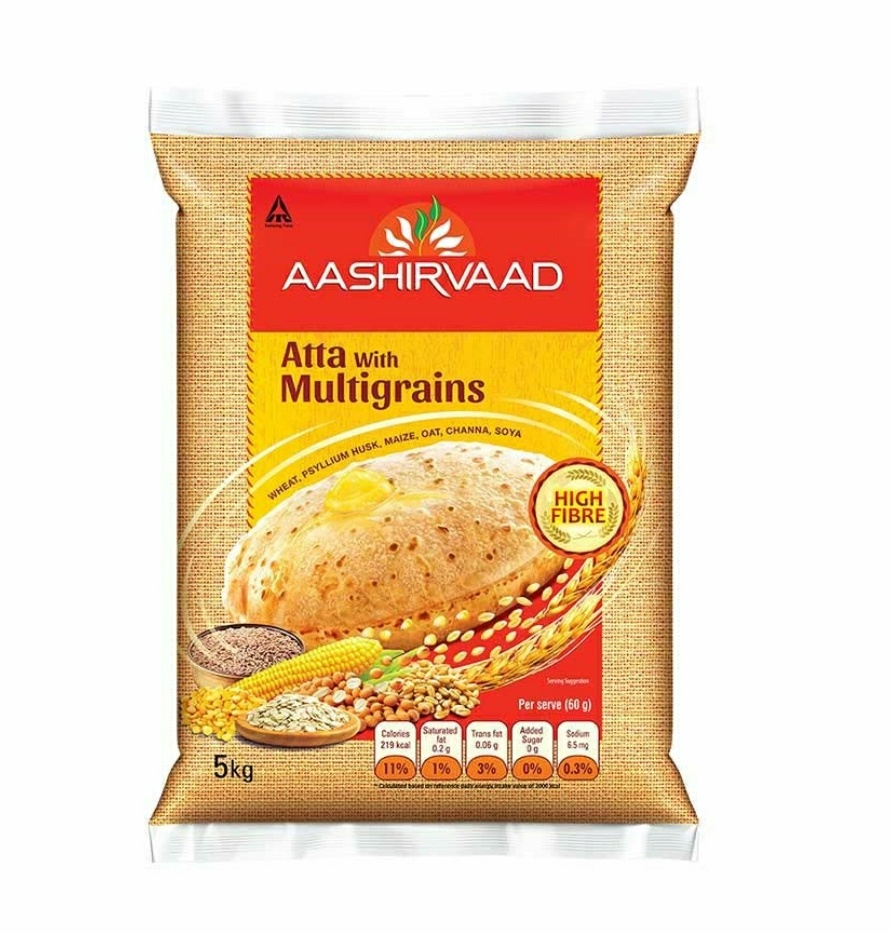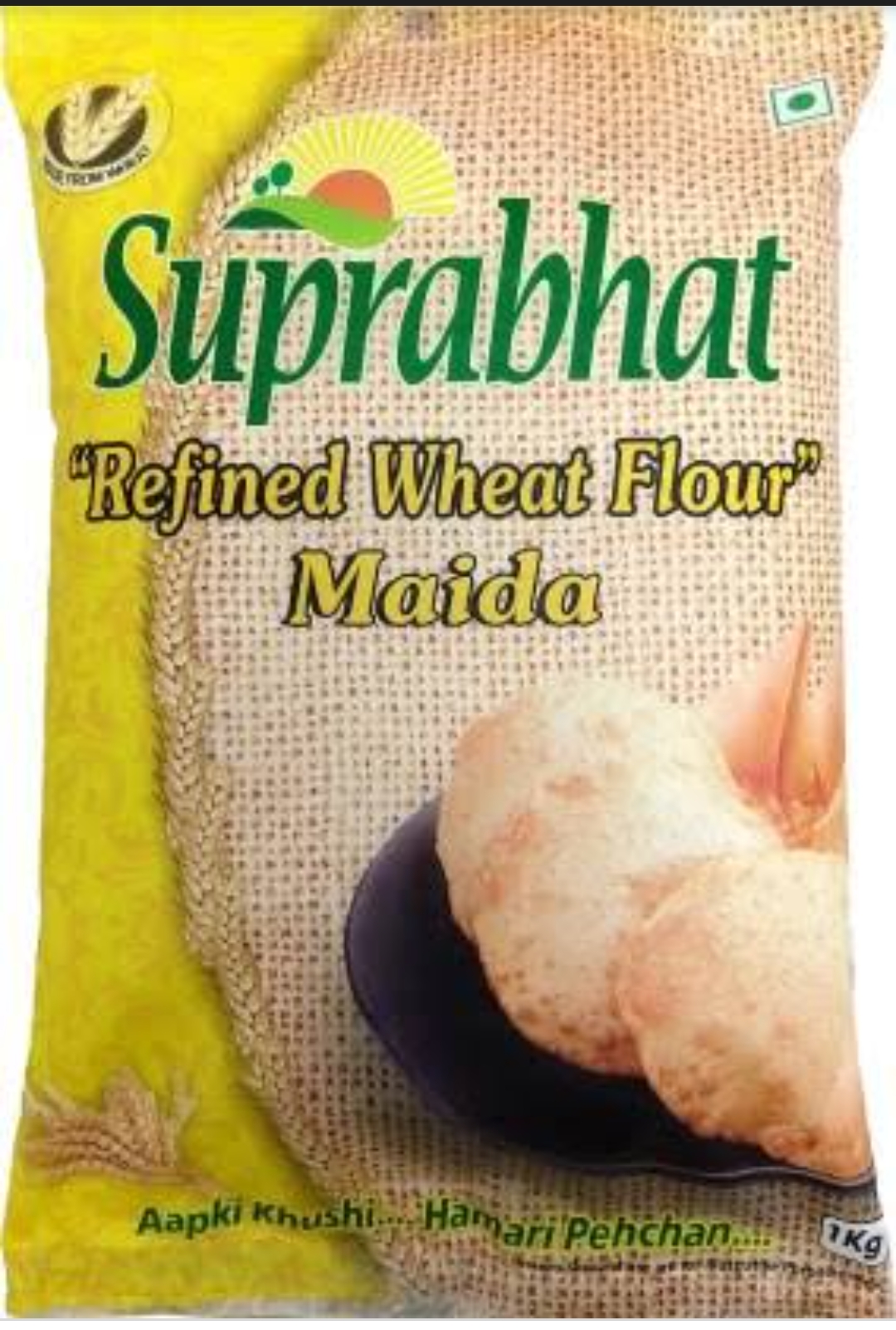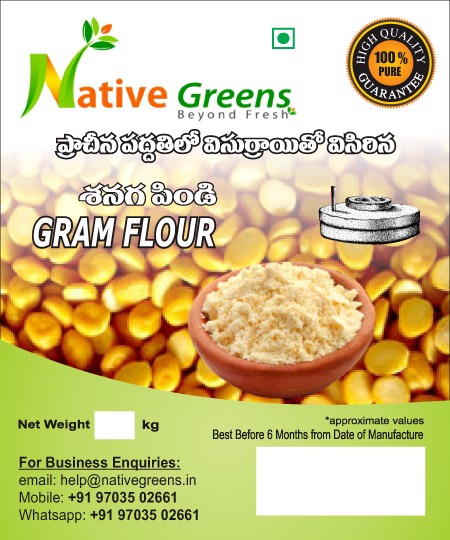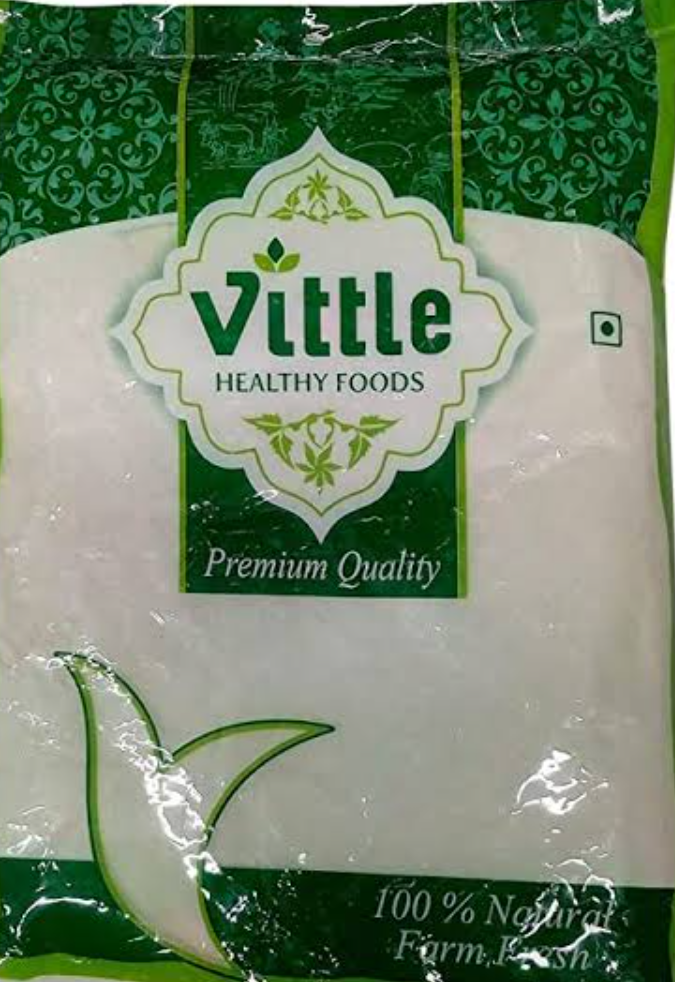Stone Milling is the process by which grains are ground into flour. Traditionally, and in some parts of the world to this day, this would have been accomplished by grinding the grain between two stones, a lower, stationary stone called the Quern stone and an upper, mobile stone called the Handstone. This product is processed in the same method with the fact that many of the health benefits of Stone Mill flour come from the milling process itself. The stones used stay cold, unlike industrial mills that effectively burn some important nutrients in the milling process. Wheat germ contains high levels of vitamin E, which has been suggested as a cure for many diseases. The nutritional value of flour that has been stoneground is high, as digestibility is increased through this process. Health benefits of eating Chapathis and other Indian Rotis with flour that has been stoneground include lowered cholesterol and blood sugar levels. Studies have shown that by having a diet that has a low Glycemic Index (GI), weight loss may be easier, a reduction in body fat may be seen and there is a reduction in risk factors for diabetes and cardiovascular disease, all of which lead to a higher quality of life. Stone milling was the norm throughout history until around the 19th century. As times and cooking practices changed, it was found that stone milling didn’t produce flour that was fine enough for making pastries. This concerns, plus the growing demand for flour vs. the slow production time of stone mills, led to the development of a faster alternative to stone milling, called roller milling.









